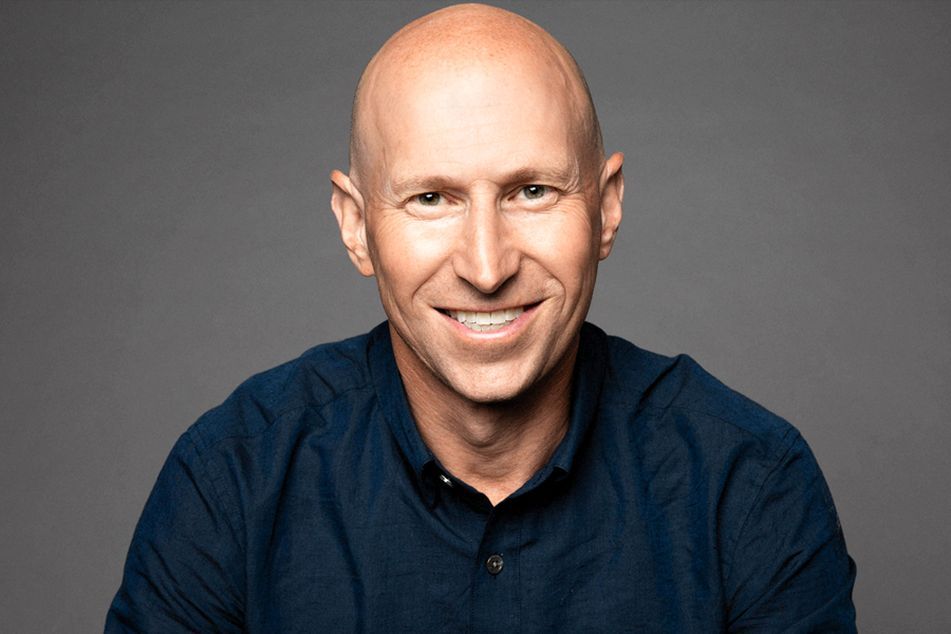Alto CEO’s IRA advice: Forget 60/40 and add alternatives

Eric Satz, founder and CEO of Alto, says investors need to add alternatives to their retirement accounts, especially in the wake of the market’s carnage.
The performance of both the stock market and bond market heading into the Memorial Day weekend has been anything but memorable for investors, especially those close to or currently in retirement.
One might imagine the vast majority of investors would jump at the chance to flip the calendar pages back to New Year’s Day to reallocate their portfolios out of traditional stocks and bonds and into something — anything — else. Perhaps they would emulate the billionaires and oligarchs of the world by adding some alternatives to the mix, like digital assets and artwork.
Then again, considering the current sad state of crypto and oligarchs, perhaps not.
InvestmentNews sat down with Eric Satz, founder and CEO of Alto, to learn how investors are viewing alternatives in their retirement accounts in the wake of the market’s carnage. Alto’s Alternative IRA is an individual retirement account that gives ordinary investors the ability to invest in alternative assets like startups, private companies, real estate, loans and cryptocurrencies.
InvestmentNews: You’ve been sounding the alarm on portfolio diversification for years. What makes you feel so strongly that the 60/40 model is no longer viable?
Eric Satz: When I talked about the 60/40 model being a thing of the past, people used to be surprised. But over the past few years, more and more industry experts have come to share this assessment. To understand why, we have to look at the public markets over the past 25 years. In the mid-90s, there were around 8,000 publicly traded companies. Today, that number is about half. Additionally, companies are waiting longer to go public. This translates to fewer opportunities for retail investors to invest in up-and-comers with the potential for outsized returns. When you consider that most mutual funds, for example, consist of a small subset of profitable stocks, it becomes obvious that another mutual fund won’t give you more portfolio diversification, just another mutual fund. Beyond that, if we see a return to the low yields seen in the 2000s, 60/40 portfolios are likely to underperform.
IN: So what can investors do to better diversify their portfolios?
ES: It used to be that you had to be wealthy or a financial institution to invest in alternative assets. Because of this, true portfolio diversification was largely out of reach for everyday Americans. That’s no longer the case, as regulatory changes over the past decade have opened a lot of exciting new doors for retail investors. Still, you needed access to investment funds, which for most Americans, are tied up in their retirement accounts. Alto solves this problem by streamlining the process for investing in alternatives — like art, crypto, fine wine, real estate, and startups — with what’s called a self-directed IRA. As a result, you no longer need to be wealthy to invest in assets that not only have the potential for outsized returns but which are also less correlated with stocks.
IN: What does a diversified portfolio look like to you?
ES: Again, this is just my personal opinion, but I don’t believe a portfolio consisting of, give or take, 60% stocks and 40% bonds represents true diversification. I look at the late David Swensen’s pioneering Yale Endowment. His philosophy was that a portfolio consisting of five to six different asset classes not only offered the potential for greater gains but could also help prevent market volatility from bringing the whole portfolio down. At the time, this was a pretty revolutionary concept, but the results speak for themselves. So, I think a better model might be 5-by-20 — five asset classes making up 20% each — or even 10-by-10. Before investing in anything, whether that’s an individual stock or crypto asset, or an entire asset class, it’s important to do your homework and be sure you understand the fundamentals. And if not, talk to a trusted financial adviser.
IN: Which alternative asset classes have been most popular so far in 2022 among Alto IRA investors?
ES: While the market has faced instability and declines, many of the alternatives that are seeing strong interest from investors are those that are not directly tied to public market trends. The top asset classes by level of interest and activity were startups — which accounted for more than 30% of investments — followed by crypto funds, securitized art and real estate. As these assets have varying degrees of correlation to the public markets, it will be interesting to see how Q2 rounds out, and whether there’s an even greater shift toward investments that aren’t highly correlated to public equities markets.
IN: With crypto and equities markets facing considerable drawdowns this year, what gives you reason for optimism?
ES: Despite the volatility we’ve seen in 2022 and particularly over the past two months, it’s important to zoom out. Looking at the big picture, the technology underlying many crypto projects has the potential to change the world, and you can see that in the amount of money and resources large institutions are pouring into Web3. Even as venture capital funds are drying up for many businesses, CB Insights recently reported record VC funding for blockchain and other crypto projects in Q1.
IN: Have you seen a noticeable decrease in crypto investment due to the recent volatility in digital currencies?
ES: We have seen a definite shift in investor activity, with a lot of new investors getting into crypto given the market drops relative to the last year, and many existing traders continuing to HODL. Crypto has seen significant drops several times over its short lifetime, and as with the stock market, each time it bounced back stronger. So it really appears that investors are trying to figure out where the market is headed in the near term.
IN: Should I be investing in crypto right now?
ES: I don’t give investment advice, so this is just my personal opinion. However, if you’re currently investing in crypto — or have been weighing getting into it — now is a good time to dollar-cost average in the same way you would with public equities. Doing so gives you the benefit of buying at a variety of price points. Where a lot of people falter is in buying when valuations are high and selling when they’re down. But if you look at many of the most successful investors, they see down markets as opportunities. For example, Warren Buffet, while certainly no fan of cryptocurrencies, is famous for his philosophy of being fearful when others are greedy and greedy when others are fearful. There’s a lot of truth to that approach.
IN: Have you seen a noticeable change in venture investment fund flows since technology shares started to fall last year?
ES: Obviously, there’s a lot of talk about VC funding and startups right now. Venture activity peaked around December 2021 and since then, with the declines in the market, there has been less activity. We experienced a boom cycle inflated by monetary expansion and low interest rates, and now there is less cash floating around compared to last year during the stimulus period. However, while venture funding has slowed down overall, as I mentioned, VC funding for Web3 projects hit a new high in Q1.
Learn more about reprints and licensing for this article.








